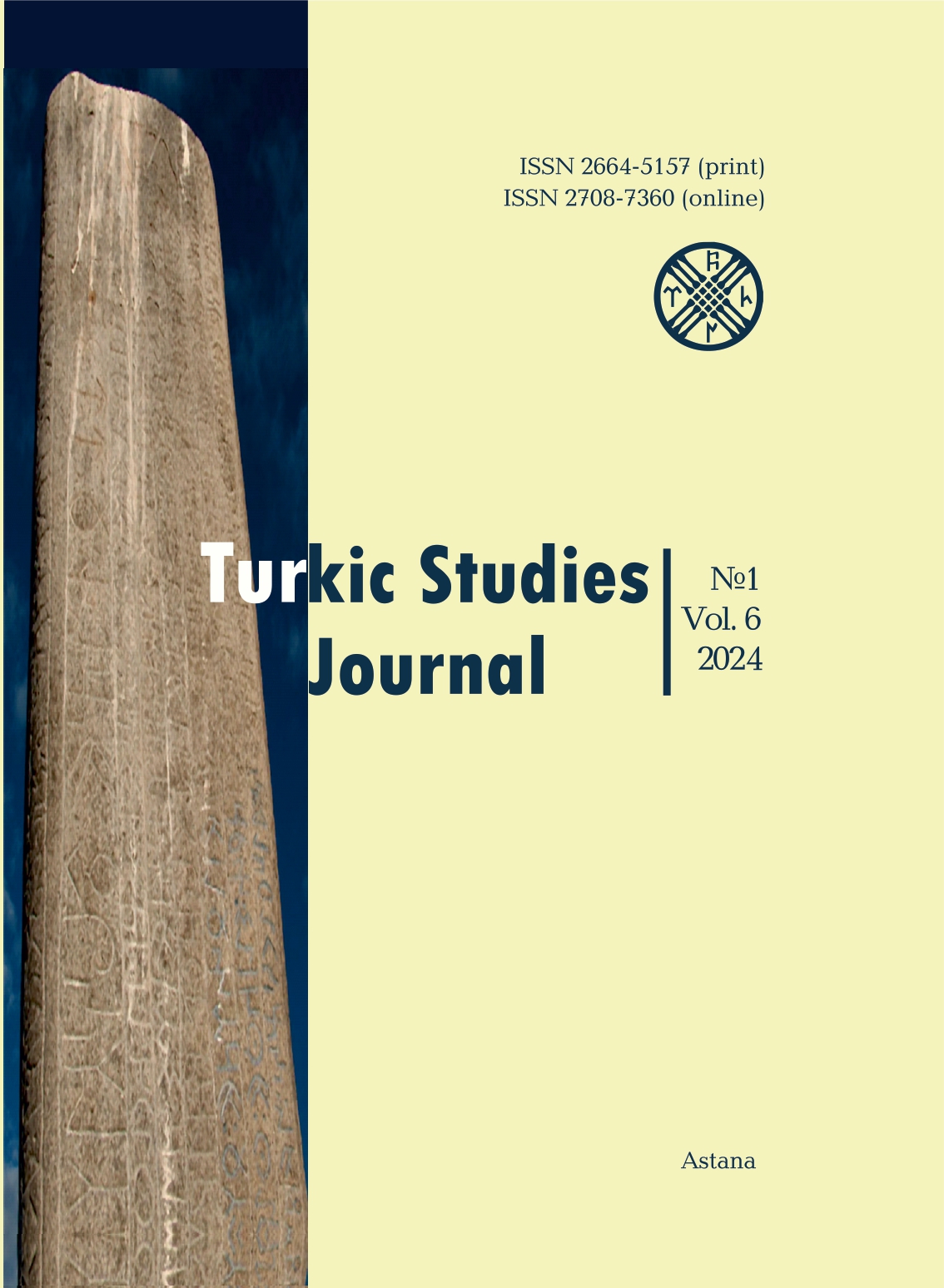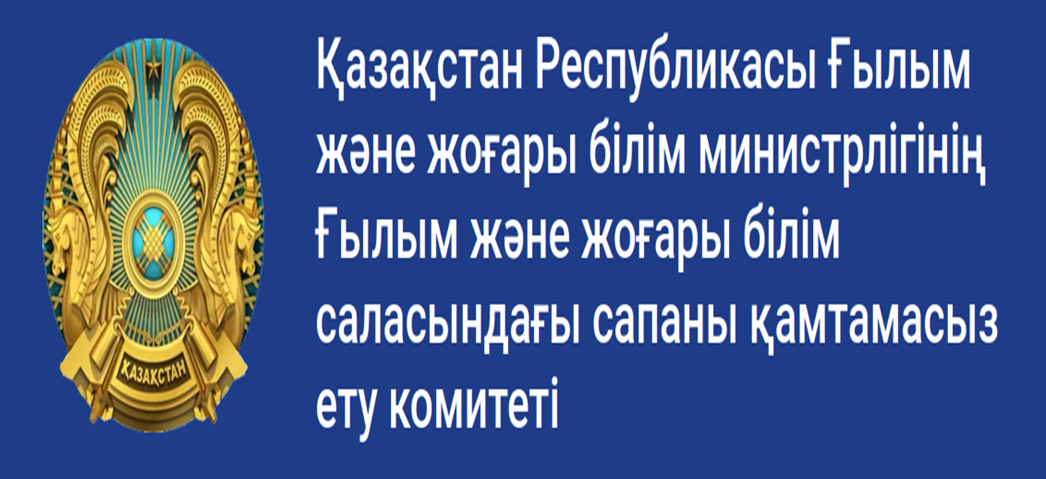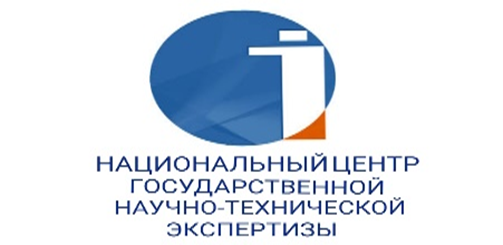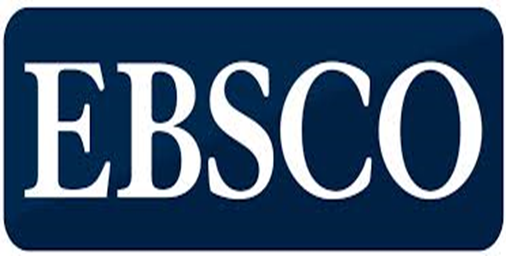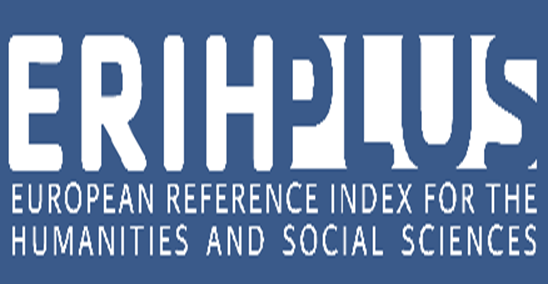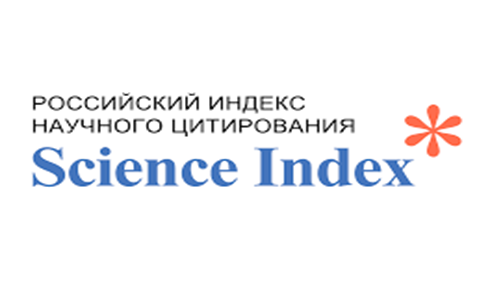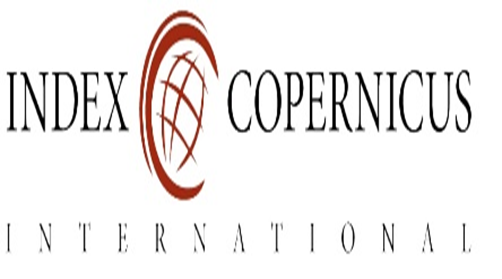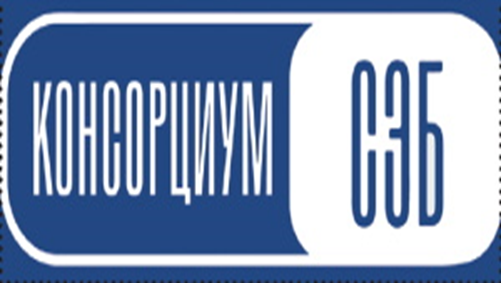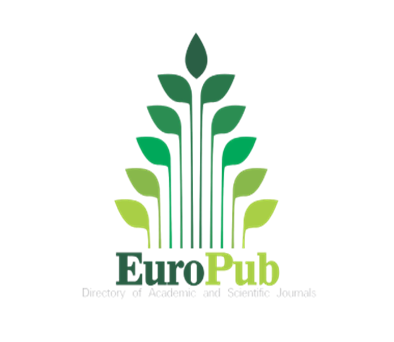Features of the Karakhanid craftsmanship
Views: 298 / PDF downloads: 370
DOI:
https://doi.org/10.32523/2664-5157-2024-1-79-93Keywords:
Karakhanids, Turks, East Turkestan, Mawarannahr, art, crafts, artisan, pottery, ceramics, metals, jewelry, Turkic element.Abstract
The establishment of Karakhanid rule in Mawarannahr (942-1212) led to the political unification of vast territories from East Turkestan to Khorezm. Political integrity, economic stability and intensive trade between the urban and steppe communities provided an environment conducive to developing local craftsmanship.
This article analyses the mutual influences and common features observed in the craftsmanship of the settled population and nomads in Mawarannahr under the Karakhanids. It demonstrates preservation of the ‘Turkic motifs’ in the new cultural environment. Although the vast territory of the Karakhanid state from Jetisu to Amu-Darya preserved local cultural peculiarities, the formation of universal cultural forms was conspicuous. This article demonstrates the innovations and transformation processes of the Karakhanid era’s craftsmanship, focusing on metal and ceramic products, as well as jewelry. During this period, unglazed pottery of an archaic type, similar to Bronze Age vessels, was widely used, along with fine pottery. These handmade vessels are painted with gray or red engobe. In addition to traditional
products of high quality, there are also metal vessels and female jewelry decorated with zoomorphic images. However the presence of these products does not necessarily indicate a decline in the overall quality of craftsmanship in the region.
Downloads
Reference
Анарбоев А., 2019. Ахсикент – очиқ осмон остидаги музей. // Водийнома. №3 (14). Б. 45-49.
Буряков Ю.Ф., Садиев М., Федоров М.Н., 1975. Соборная мечеть Самарканда в XI – начале XIII вв.,
Афрасиаб. Вып. 4. Ташкент. C. 77-99.
Буряков Ю.Ф., Ташходжаев Ш. С., 1975. Историческая топография Самарканда XI – начале XIII вв., Афрасиаб. Вып. 4. Ташкент: Фан. 143 с.
Гюл Э. Искусство эпохи Караханидов. https://www.academia.edu/15094270.
Заднепровский Н.А., 1968. Средневековая расписная керамика // Краткие сообшения Института истории материальной культуры, 120. С. 39-41.
Илясов Дж., Xакимов А., 2012. Узбекистан // Художественная культура Центральной Азии и Азербайджана IХ–ХВ вв. Том III. Торевтика. Самарканд-Ташкент: МИЦАИ. С. 216-265.
Илясова С.Р., Илясов Дж. Я., Имамбердиев Р.А., Исхакова Е.А., 2016. “Нет блага в богатстве...”
Глазурованная керамика Ташкентского оазиса IХ-ХII веков. Москва: Фонд Марджани. 595 с.
Иманкулов Д.Д., Конкобаев К., 2014. Архитектура Туркестана эпохи Караханидов: историко теоретическое исследование. Анкара: Союз инженеров и археологов тюркского мира. 347 с.
Камышев А., 2012. Киргизистан // Художественная культура Центральной Азии и Азербайджана IX-XV вв. Том III. Торевтика. Самарканд-Ташкент: МИЦАИ. C. 97-122.
Караев О.К., 1983. История Караханидского каганата (Х-начало ХII вв.). Фрунзе: Илим. 300 c.
Кошғарий Маҳмуд, 1963. Девони луғотит турк. II том. Таржимон ва нашрга тайёрловчи С.М.
Муталибов. Тошкен: Фан. 427 с.
Маршак Б.И., 1972. Согдийское серебро. Очерки по истории восточной торевтики. Москва: Наука. 191 c.
Мирзаахмедов Д. К., 2013. К социально-экономическим факторам развития глазурованной
керамики Мавераннахра IХ-начала ХIII в // Согдийцы, их предшественники, современники и
наследники: на основе материалов конференции “Согдийцы дома и на чужбине”. СПб.: ГЭ. , 2013. С. 353–375 (Тр. ГЭ; Т. 62).
Омонов Ш., 2019. “Сохта Триполье” сополлари тарихига доир // Ўтмишга назар. №25. Тошекент. Б. 25-29. DOI: https://doi.org/10.26739/2181-9599-2019-25-04
Сверчков Л.М., 1991. Поселение Мык – источник по средневековой истории Уструшани //
Автореф. дисс. канд. ист. наук. Самарканд. 25 с.
Ташходжаев Ш. С., 1967. Художественная поливная керамика Самарканда IX– нач.XIII вв.
Ташкент: Фан. 153 с.
Тереножкин А.И., 1951. Раскопки на городише Афрасиаб. // Краткие сообщения Института
истории материальной культуры, ХХХVI. Moсква-Ленинград: Наука. С. 136-140.
Хакимов А., 2019. Искусство и ремесла тюркских народов Центральной Азии в контексте
исторического взаимодействия оседло-земельческих и номадических // Центральная Азия
средневековья и нового времени. Отв. Ред. Д. Алимова, Ф. Шварц. Ташкент-Вена: Академнашр.
С. 326-332.
Ҳудуд ул-олам (Мовароуннаҳр тавсифи), 2008. Форс тилидан таржима, сўзбоши ва изоҳлар
муаллифи Омонулло Бўриев. Тошкент: O’zbekiston, 64 б.
Шишкина Г.В., 1975. Бухарские ворота средневекового Самарканда. Афрасиаб. Вып. 4.
Ташкент. C. 23-41.
Юсуф Хос Ҳожиб., 1971. Қутадғу билиг (Саодатга элтувчи билим). Тошкент: Фан. 964 б.
Anarbaev A., 2023. Akhsikent arxeological park. Taшkent: Fan. 374 p.
Hakimov A., 2006. The Art and Crafts of the Central Asian Turkic-Speaking Peoples // The Turkic
Speaking Peoples. Munich.
Ivanov A., 2020. Toreutics Of Mavarannahr. // The Collection of the State Hermitage (Saint
Petersburg, Russia) Part two Art of Mavarannahr in the 8tm – 15tm Centuries. Taшkent: Silk Road
Media, East Star Media. P. 152-154.
Omelchenko A., 2020. Culture of Mavarannahr in the 9tm – 10tm Centuries. // The Collection
of the State Hermitaje (Saint Petersburg, Russia) Part two Art of Mavarannahr in the 8tm – 15tm
Centuries. Taшkent: Silk Road Media, East Star Media. P. 92-97.
Torgoev A., 2020. Adornments // The Collection of the State Hermitaje (Saint Petersburg, Russia)
Part two Art of Mavarannahr in the 8tm – 15tm Centuries. Taшkent: Silk Road Media, East Star Media.
P. 171-173.

